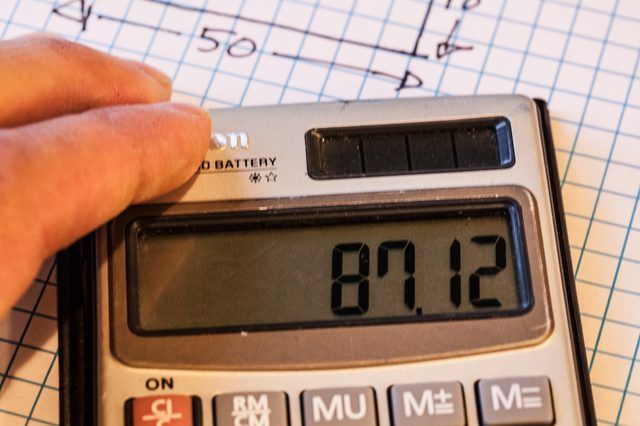Bulbs
Flower Basics
Flower Beds & Specialty Gardens
Flower Garden
Garden Furniture
Garden Gnomes
Garden Seeds
Garden Sheds
Garden Statues
Garden Tools & Supplies
Gardening Basics
Green & Organic
Groundcovers & Vines
Growing Annuals
Growing Basil
Growing Beans
Growing Berries
Growing Blueberries
Growing Cactus
Growing Corn
Growing Cotton
Growing Edibles
Growing Flowers
Growing Garlic
Growing Grapes
Growing Grass
Growing Herbs
Growing Jasmine
Growing Mint
Growing Mushrooms
Orchids
Growing Peanuts
Growing Perennials
Growing Plants
Growing Rosemary
Growing Roses
Growing Strawberries
Growing Sunflowers
Growing Thyme
Growing Tomatoes
Growing Tulips
Growing Vegetables
Herb Basics
Herb Garden
Indoor Growing
Landscaping Basics
Landscaping Patios
Landscaping Plants
Landscaping Shrubs
Landscaping Trees
Landscaping Walks & Pathways
Lawn Basics
Lawn Maintenance
Lawn Mowers
Lawn Ornaments
Lawn Planting
Lawn Tools
Outdoor Growing
Overall Landscape Planning
Pests, Weeds & Problems
Plant Basics
Rock Garden
Rose Garden
Shrubs
Soil
Specialty Gardens
Trees
Vegetable Garden
Yard Maintenance
How to Calculate Grass Seed for Overseeding
How to Calculate Grass Seed for Overseeding. Overseeding a lawn is the process of putting grass seed down on an existing lawn. This can make your lawn greener, fill in sparse or thin areas and reduce weeds or moss growth. Sometimes lawns are overseeded with a different type of seed that is more tolerant of cold weather so the lawn maintains its...
Overseeding a lawn is the process of putting grass seed down on an existing lawn. This can make your lawn greener, fill in sparse or thin areas and reduce weeds or moss growth. Sometimes lawns are overseeded with a different type of seed that is more tolerant of cold weather so the lawn maintains its color all year. Before overseeding your lawn, you will need to calculate how much grass seed you should purchase.
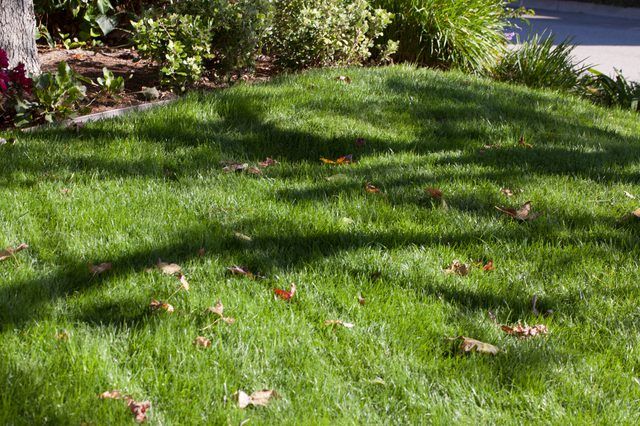
Things You'll Need
Measuring tape
Calculator
Step 1
Calculate the square footage of your yard. You will need the square footage to determine how much grass seed to buy. To calculate square footage, measure your yard with measuring tape then multiply the length of your yard times the width of your yard. If you know how many acres your yard is, you can simply multiply that by 43,560. One acre is equal to 43,560 square feet.
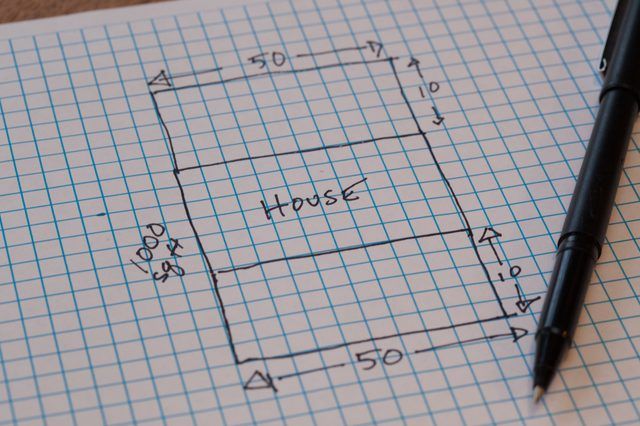
Step 2
Determine which type of seed you will be using. There are some variations in amount of seed needed depending on the type of seed used. Not all grass is created equal. The type of seed you chose will depend on your current grass type, geographic location and the type of lawn you would like. You can get that information from your state's cooperative extension. To locate your cooperative extension, visit the USDA's website.
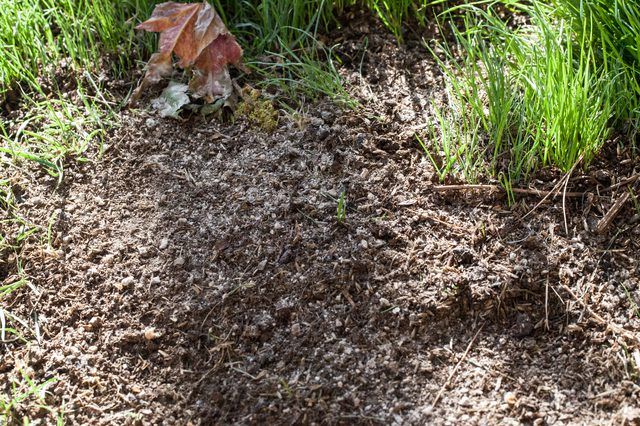
Step 3
Find out how many pounds of the grass seed you have chosen are needed for your project. Look up the seed type online or visit your local grass seed supply store for this information. Some common types of seed used are Kentucky
Bluegrass and Tall Fescue. Kentucky Bluegrass would require two to three pounds for each 1,000 square feet. Tall Fescue would require six to eight pounds for each 1,000 square feet.
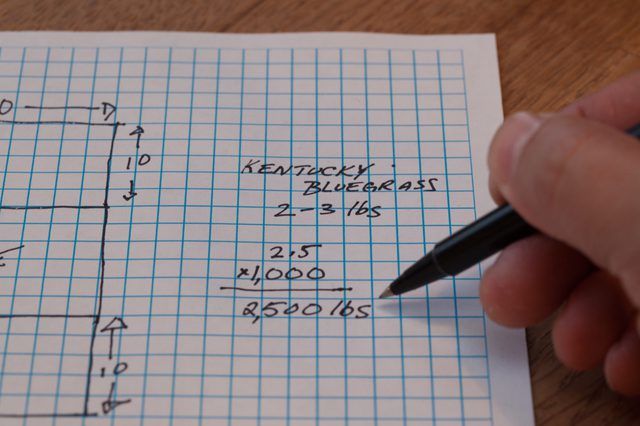
Step 4
Calculate the total pounds of seed needed using your calculator. Divide the total square feet of your lawn by 1,000. Then multiply that number by the pounds of seed needed per 1,000 square feet. For example, if you were overseeding with Kentucky Bluegrass and your yard size was one acre, you would do the calculation as follows: 43,560 / 1,000 = 43.56; 43.56 x 2 = 87.12. You would need at least 87.12 pounds of Kentucky Bluegrass seed to overseed your one-acre lawn.
